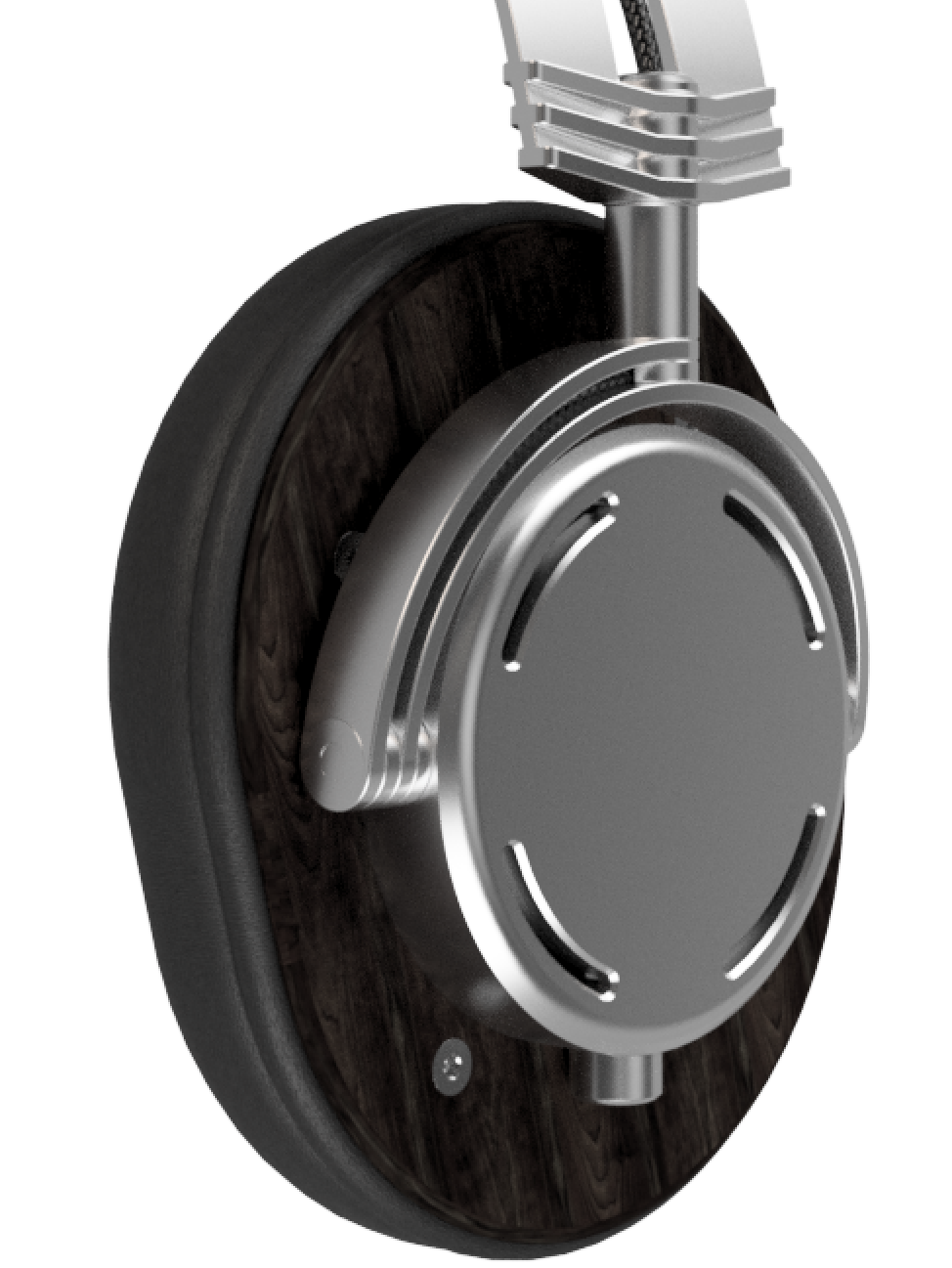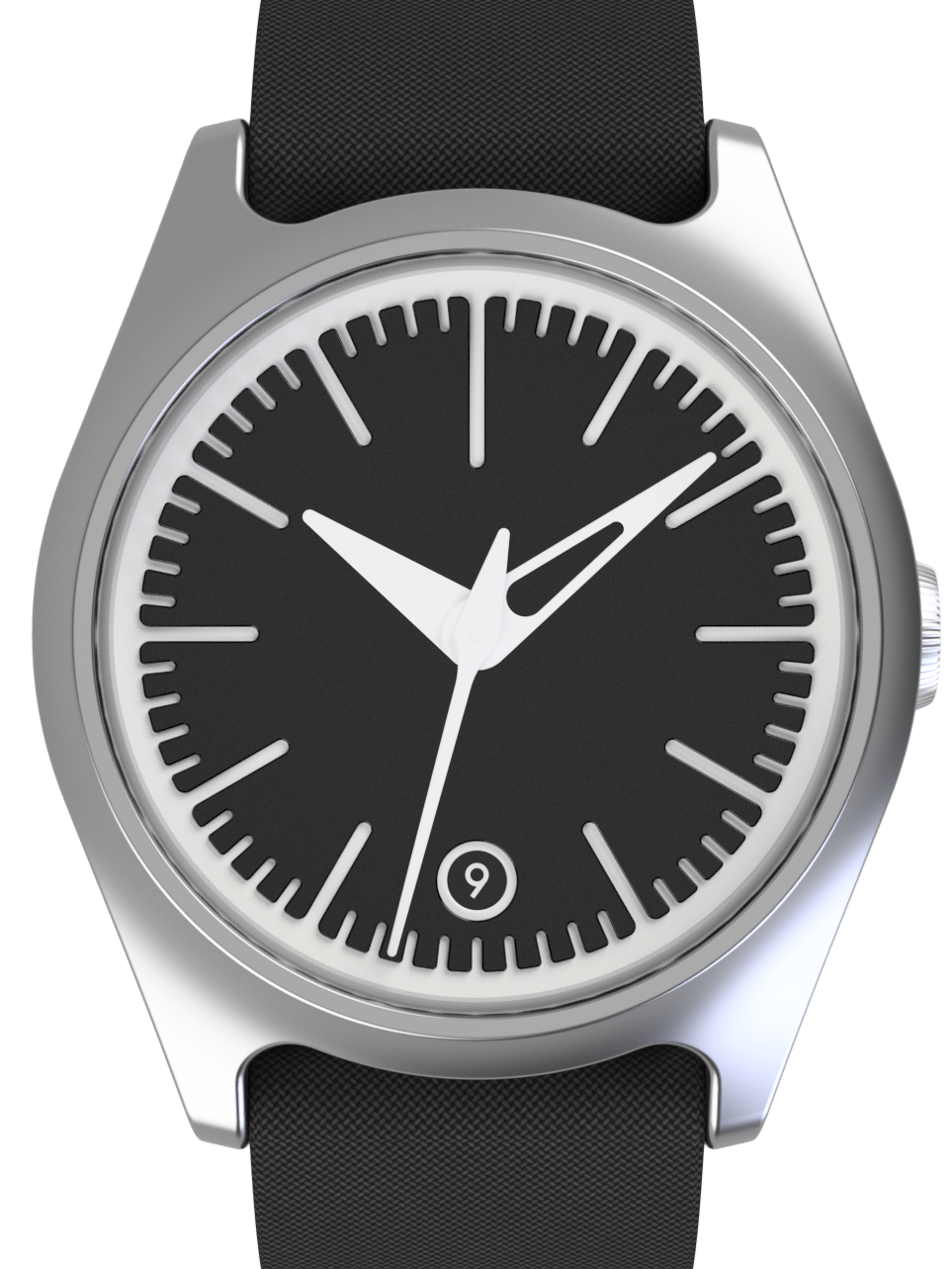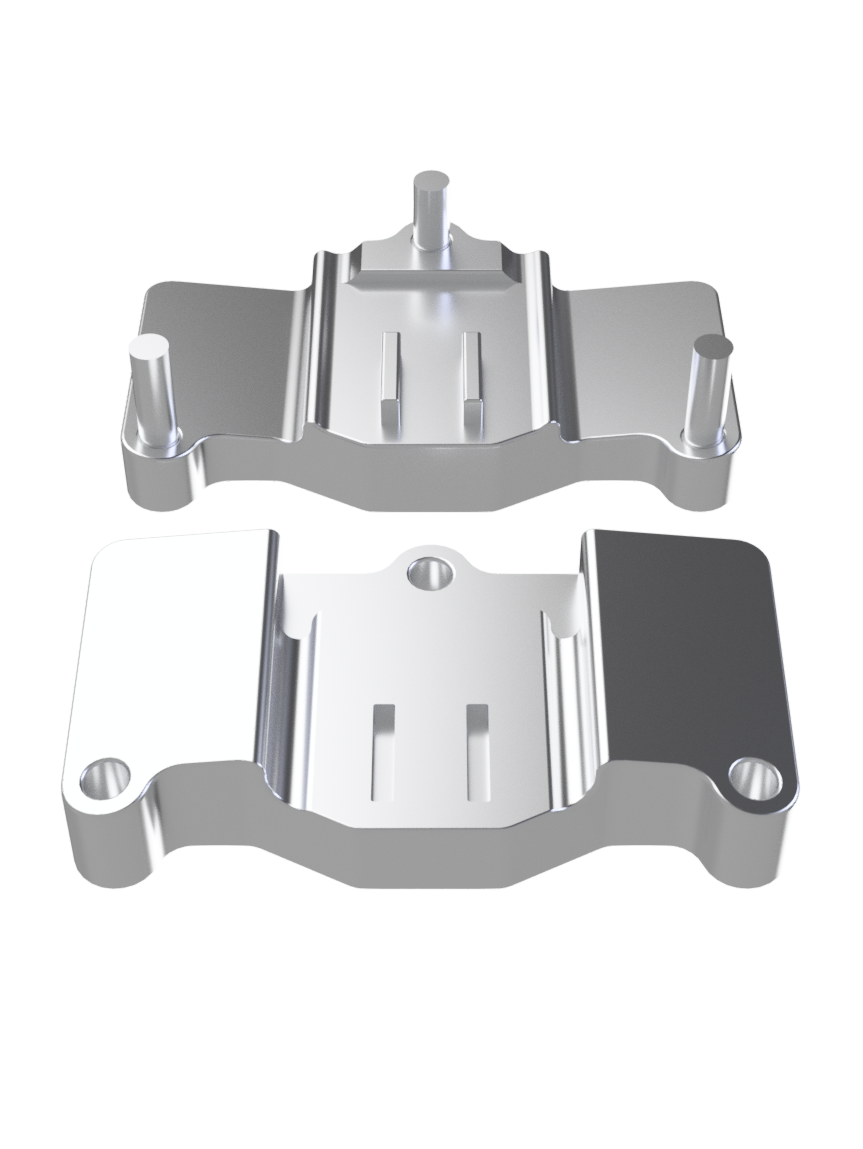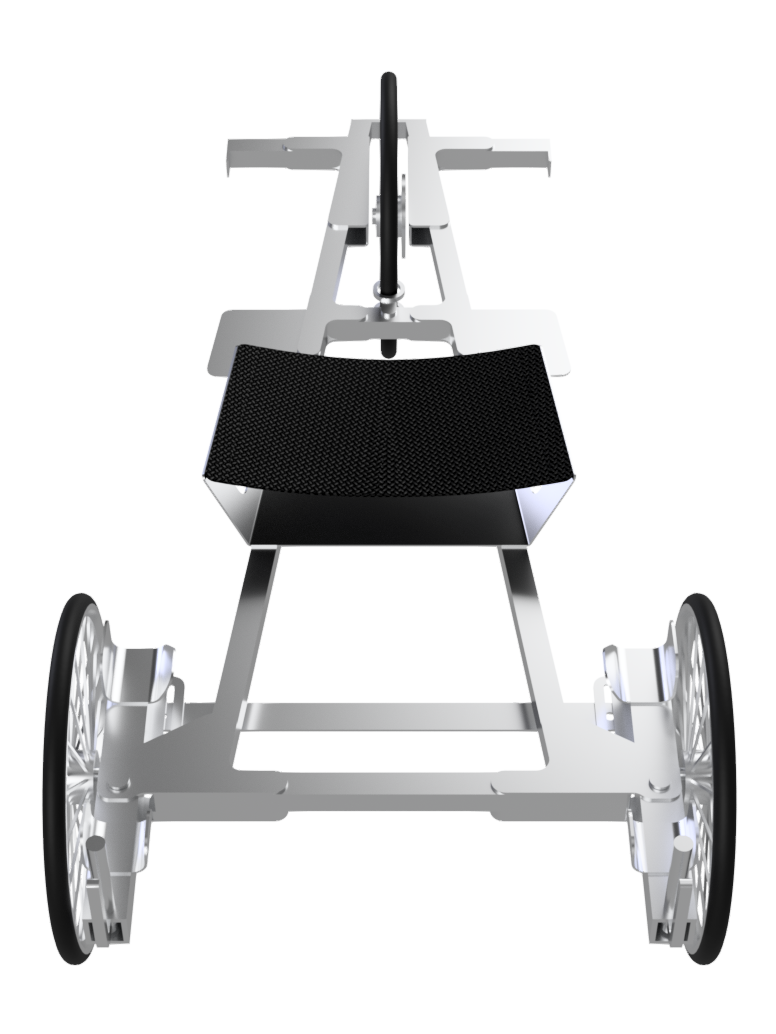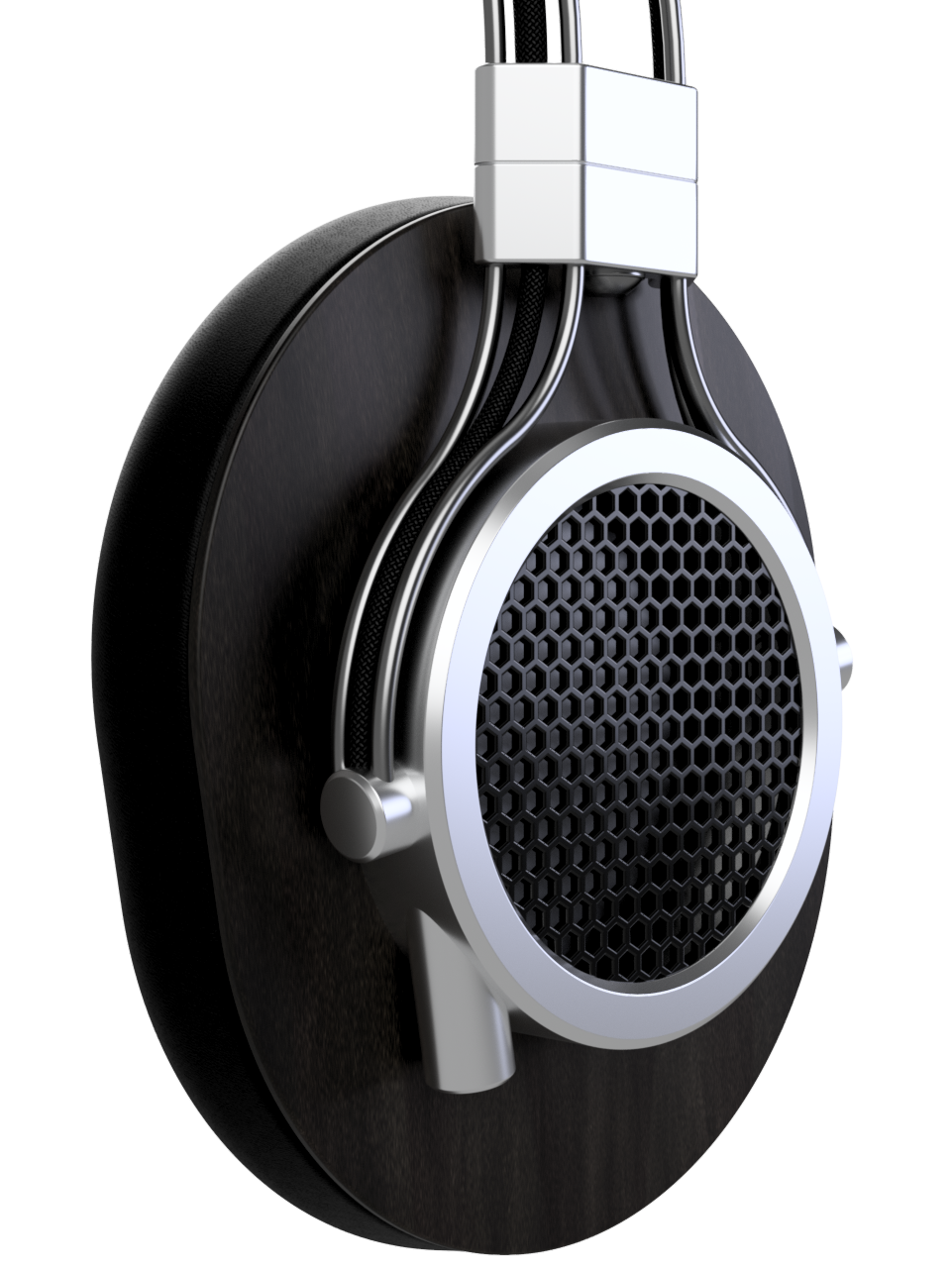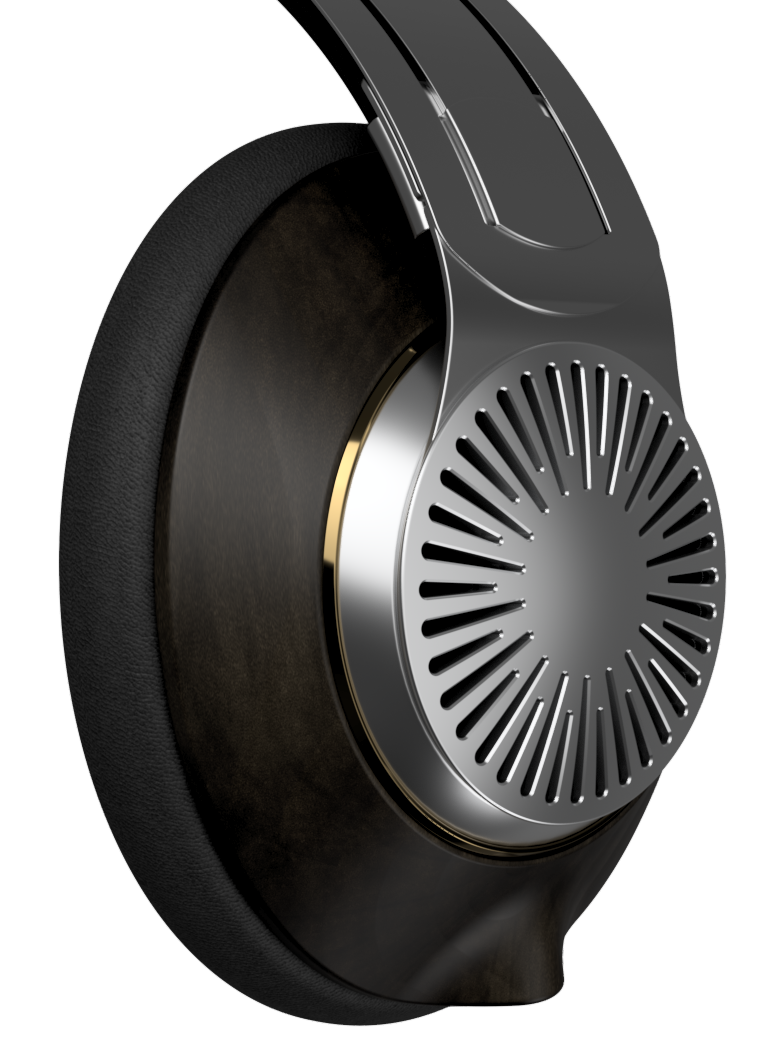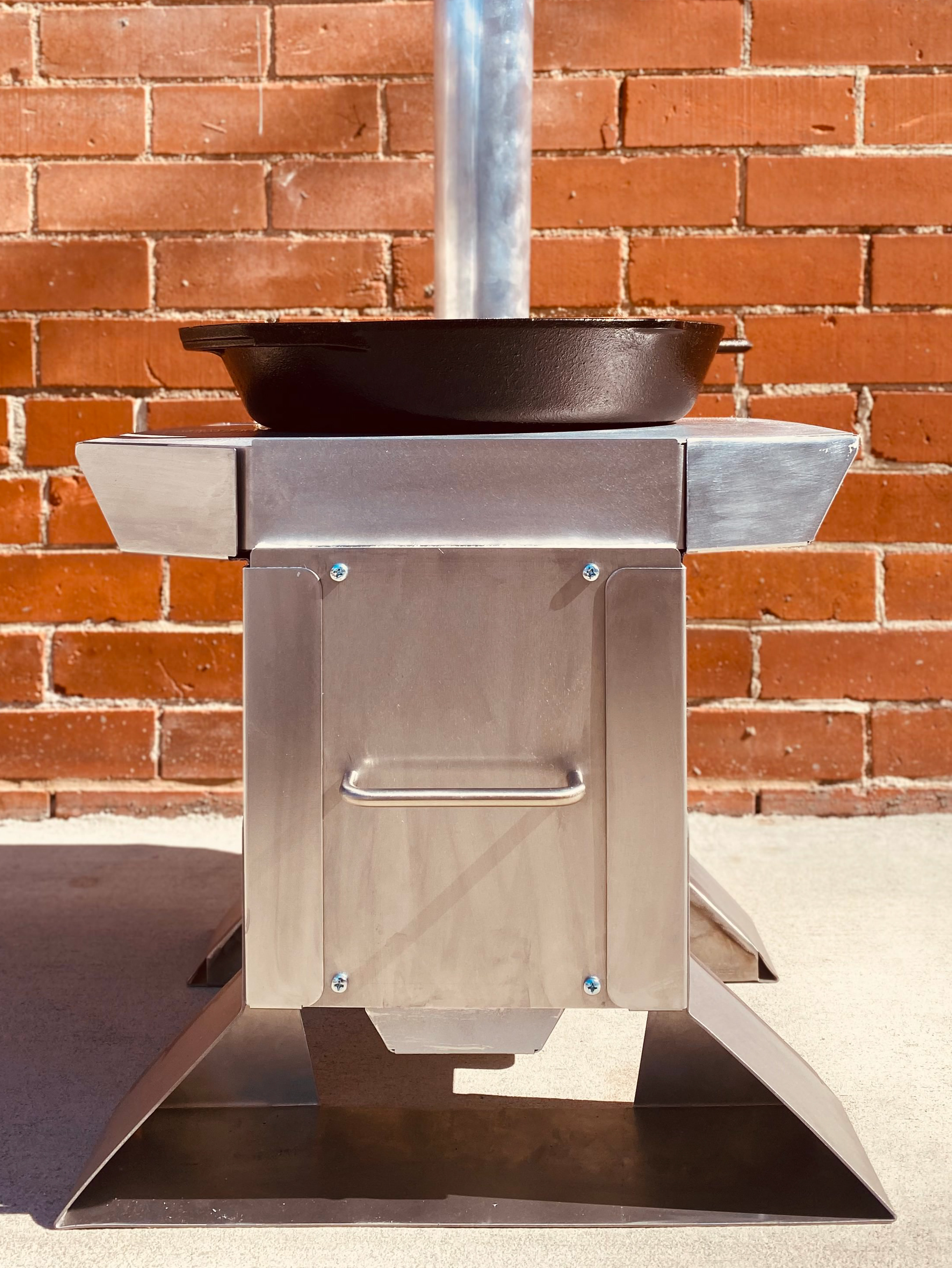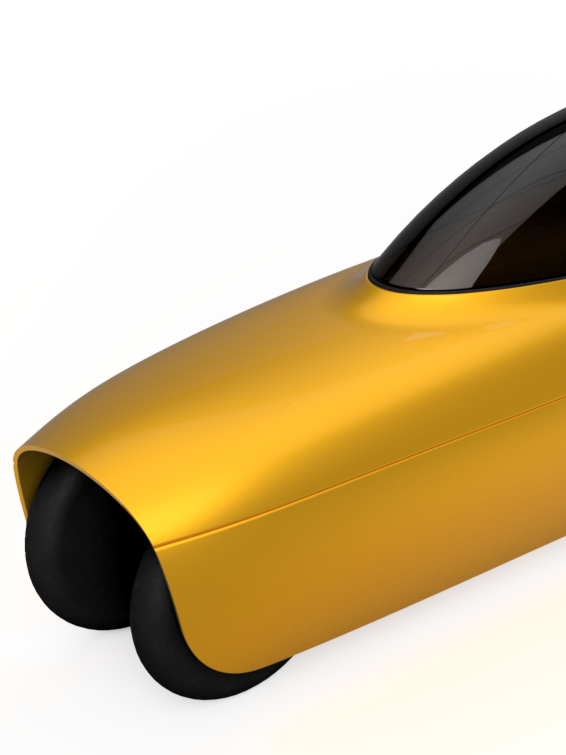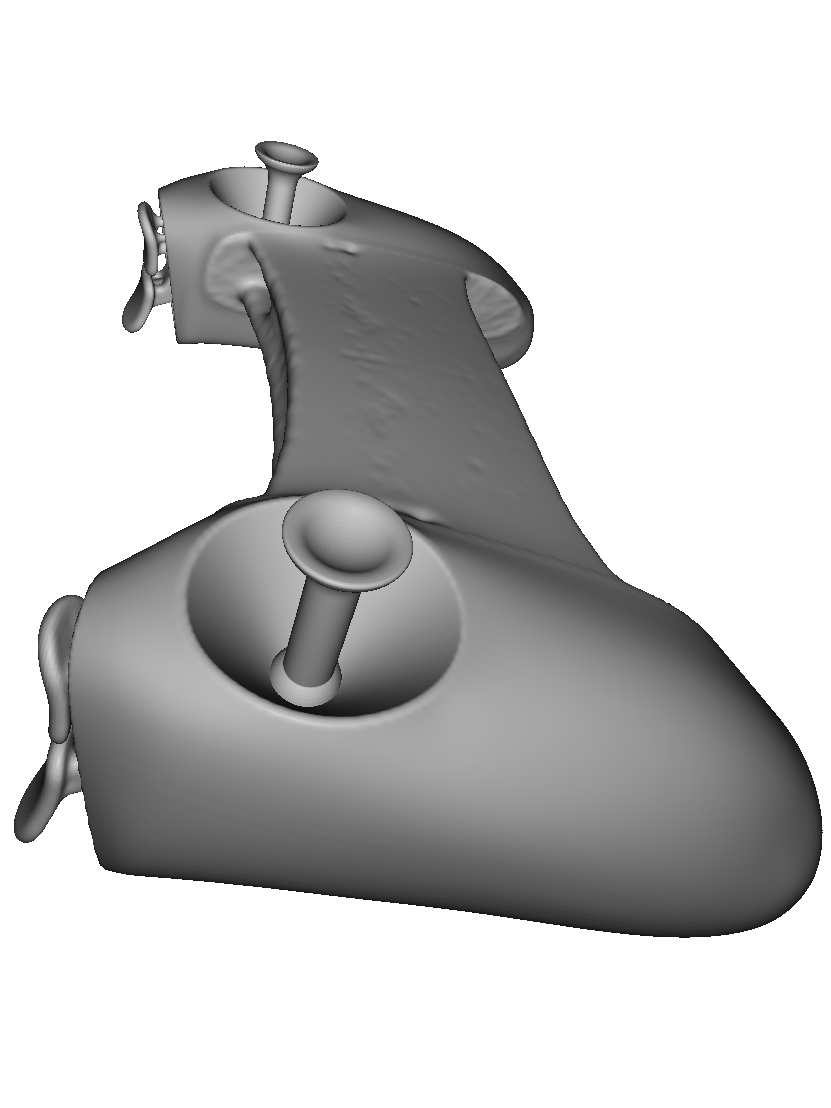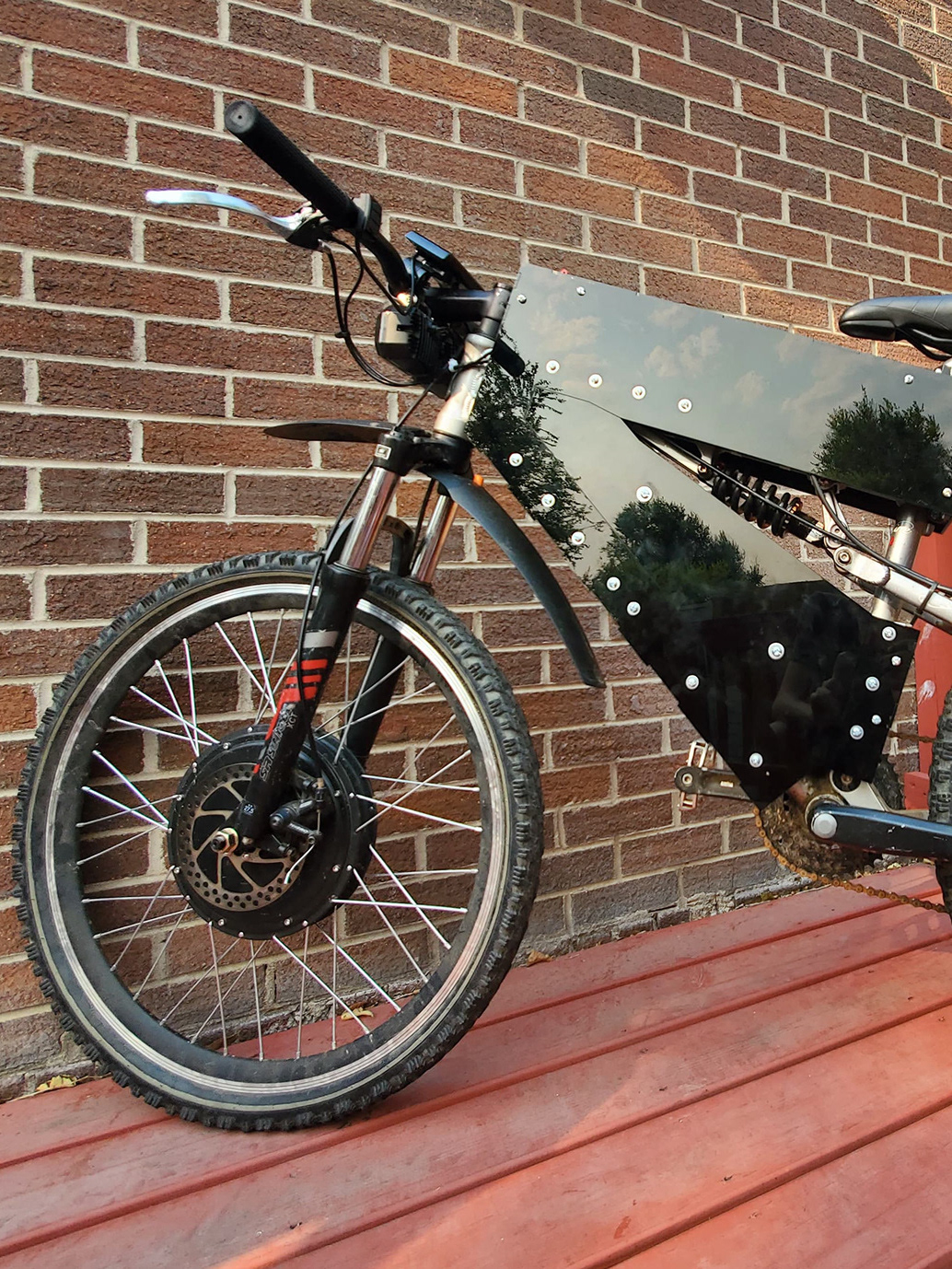The culmination of many years of experimental and iterative design work, these headphones were developed to combine unpredecented portability and stellar ergonomics in a high quality, elegant, and sustainable package
Development began with revisiting a rejected headband concept from the V3. Rather than designing several dimensions of flexibility into a mostly rigid frame, this strategy attempts to create a semi rigid structure from flexible elements. By retaining only enough structure to produce the necessary inward clamping force, the need for the horizontal pivot on the earcups is removed, and the headband can be rolled up for storage without the need for a dedicated folding mechanism.
Initial concept. Earcup slides along headband to adjust fit, while the retention bar at the center slides independently to adjust earcup angle. Additional headband structure not modeled, shown right.

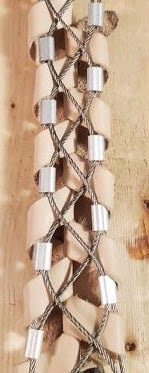
This headband is designed like a tent: When The earcups are pulled apart, the lower fabric band is placed in tension. The Cables above it are coupled to the band, in turn placing them in compression. Initial designs using two parallel steel cables predictably had issues with lateral buckling, leading to three additional cables attached between them in a triple helix support structure, creating a semi-rigid upper band. Other designs experimented with using flat strips rather than wire to address the buckling issue without the added complexity, but issues with construction, earcup attachment, and the vertical pivot mechanism remain.
Due to these issues I transitioned to a hybrid design, combining a more flexible headband with a collapsing approach similar to the V3. I moved to a solid wire-frame structure, as this retained several dimensions of flexibility and minimized weight and bulk, while avoiding the sharp edges and pinch points of previous sheet metal designs. I initially approached the problem with an intertwined loop design using only two pieces of wire per side. The initial earcup hinge design uses two external sheet metal receivers to attach the two wire ends independently.
Increased integration of the headband and earcups, as well as the streamlined wireframe structure, enabled further optimizations of the folding mechanism. By moving the headband attachment completely inboard, the majority of its structure can now be stowed within the earcup itself, resulting in a package more compact and streamlined than any other over-ear headphone.


Proof of Concept Prototype
Revised Design
First fully functional earcup assemblies
This prototype is the first practical test of the tilting differential mechanism at the top of the earcup, which handles both axes of rotation. Opposing levers retain the two sides of the wire headband, and their movement adjusts the effective length of each wire, pivoting the earcup horizontally. The assembly also tilts vertically, using an adjustable stop to allow users to dial in the angle of the earcup and relieve uncomfortable pressure from glasses. At the top of their vertical travel the headband wires disconnect from the levers, allowing them to retract into the earcup body.
Developing...
